Introduction
Autism Speaks, founded in 2005, has emerged as a prominent voice in the autism community. However, its messaging and approach have been met with controversy and criticism. One key issue is the absence of autistic individuals in leadership positions within the organization, raising concerns about representation and the ability to truly reflect the community it serves.
The organization's framing of autism as a disease in need of a cure has also sparked backlash from self-advocates who view autism as a neurological diversity rather than a pathology. The portrayal of autism in the media, exemplified by the controversial "I Am Autism" commercial, further emphasizes the need for accurate and sensitive representations. Amidst these discussions, there is a growing movement towards organizations that prioritize neurodiversity and are led by and for autistic individuals.
Transparency in financial practices and resource allocation is another area of concern, with calls for support to be directed towards organizations that better serve and represent the autism community. Autism Speaks has made efforts to shift its messaging and embrace acceptance and support for individuals on the spectrum, but the conversation around autism advocacy methods continues to evolve, driven by evidence-based practices and the inclusion of diverse voices. The impact of Autism Speaks on public perception and the autistic community has been significant, sparking a paradigm shift towards a more inclusive understanding of autism as a facet of human diversity.
Founding and Initial Mission
Autism Speaks emerged in 2005, born out of Bob and Suzanne Wright's personal connection to autism through their grandchild. The organization set out with a vision to bring autism into the public eye and to push for research that could lead to a cure. Their ambition was not just to face the array of challenges that come with autism, but to enhance the lives of those affected by it.
By embracing the philosophy that 'a fair race' is essential for children with disabilities, including autism, the Wrights aimed to create a level playing field, as envisioned by Child Psychiatrist Dr. David (Dan) R. Offord. This vision aligns with the belief that all children, particularly those with disabilities, should have their needs met and valued as members of their communities.
This mission dovetailed with broader societal efforts to recognize the potential of people with disabilities. Studies have demonstrated that companies who hire individuals with disabilities not only foster a diverse and inclusive workplace but also see tangible business benefits. These companies outperform their counterparts, suggesting that inclusive employment is not just a moral imperative but a smart business move.
Furthermore, initiatives like the Autism CARES Act have revolutionized our understanding of autism, signaling a shift from rarity to recognition. With autism prevalence now estimated at 1 in 36 children and 1 in 45 adults in the U.S., the importance of Autism Speaks' advocacy and support has never been more apparent.
The drive for open science, as seen during the COVID-19 pandemic, is a testament to the power of collaboration and transparency in advancing research and outcomes. The Wright's initiative sought to harness these same principles within the autism community, striving for breakthroughs that could benefit individuals and families navigating autism.
As the landscape of autism support continues to evolve, with initiatives like the Kevin and Avonte Program addressing specific challenges such as wandering, the role of organizations like Autism Speaks in advocating for and providing resources remains critical. Through fundraising events and community-building efforts, such as the Autism Speaks Walk, the organization continues to unite those touched by autism in pursuit of a more inclusive and supportive society.
Controversies Surrounding Autism Speaks
Autism Speaks, since its inception in 2005, has become a dominant voice in the autism community, but not without its share of controversy. The organization's messaging and approach have been subjects of debate, particularly regarding representation and resource allocation. Critics point to the absence of autistic individuals within its leadership—its 27-member board lacked any autistic representation, raising concerns about the organization's ability to truly reflect the community it serves.
Moreover, the leadership's corporate-heavy composition has been viewed as misaligned with the needs of the autistic population.
The organization's history is also intertwined with other entities that had contentious backgrounds, having merged with groups like Cure Autism Now and the National Alliance for Autism Research, each bringing their own problematic elements to the table. Despite its campaigns for awareness and claims of advancing resources and research, some members of the autistic community have urged a boycott, questioning the underlying intentions and effectiveness of Autism Speaks' initiatives.
In the broader landscape of autism advocacy, there is a push for increased support and funding for organizations led by and for autistic individuals, such as the Autistic Self-Advocacy Network or the Autistic Women and Nonbinary Network. Such entities advocate a neurodiversity model rather than a medical one, which historically has been supported by powerful political and economic forces.
The challenges posed by these forces are compounded by the pervasive reach of social media platforms like TikTok, which, while democratizing information, also contribute to the spread of misinformation about autism. The unchecked nature of content on these platforms emphasizes the need for evidence-based practices and accurate representation in the dissemination of information related to autism.
In light of these concerns, the narrative around autism and the organizations that represent this community is evolving. The call for transparency, inclusivity, and ethical considerations in advocacy work is growing louder, reflecting a shift in societal values and the demand for authentic, community-driven support mechanisms for those on the autism spectrum.
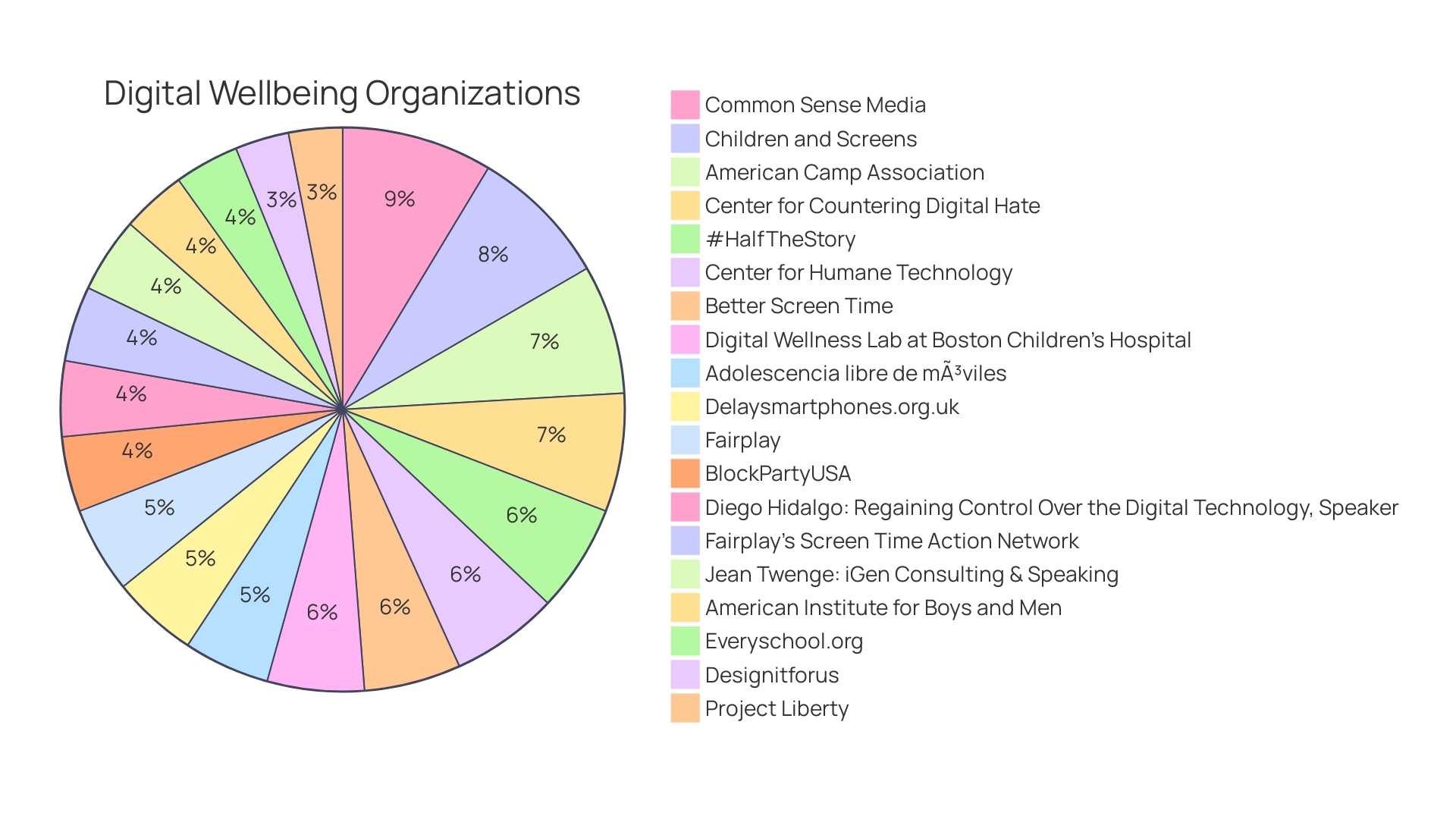
Criticism for Framing Autism as a Disease
The discourse surrounding Autism Speaks and its representation of autism exemplifies a critical shift in how neurological differences are understood. The organization's portrayal of autism as an affliction needing a cure has sparked backlash, particularly from self-advocates who see autism not as a disease, but as a neurological diversity. The neurodiversity movement, emerging from autistic communities in the late 1990s, challenges the traditional medical model by viewing autism as a natural variation in the human brain.
This perspective recognizes that while autism does come with its challenges and the need for services, it should not be pathologized but rather accommodated within society.
A deeper look at Autism Speaks reveals contentious issues, including the absence of autistic individuals in its leadership. Critics point out that the organization's 27-member board lacks autistic representation, with leaders primarily from corporate sectors. Simon Baron-Cohen, a clinical psychologist, advocates for a shifted narrative that sees autistic traits as strengths, such as 'single-minded focus' rather than 'obsessive behavior' and suggests renaming autism spectrum disorder to autism spectrum condition to reflect this.
His empathizing-systemizing theory celebrates autistic individuals' proclivities towards understanding patterns and systems, often manifesting in skills beneficial to STEM fields.
The debate extends into the broader scientific community, where mainstream psychiatric research often seeks to find treatable causes for conditions like autism, whether they be biological or environmental. This contrasts with evolutionary psychology's (EP) approach, which explores the 'ultimate' reasons why natural selection has preserved traits associated with psychiatric conditions like autism. For instance, the traits associated with ADHD may have been advantageous in humanity's past, indicating an 'evolutionary mismatch' in today's society.
Similarly, moderate anxiety has been proposed to have value as a crucial life-saving signal, prompting a reevaluation of what is considered a symptom versus an adaptation.
In summary, the controversy around Autism Speaks underscores a pivotal conversation about inclusivity and the recognition of neurodiversity as an integral part of the human experience. It calls for a reimagining of support that centers on empowering individuals and valuing neurodivergent perspectives.
The 'I Am Autism' Commercial and Its Impact
The 'I Am Autism' commercial by Autism Speaks in 2009 became a focal point of controversy, as it depicted autism through a lens that many perceived as negative and laden with stereotypes. This portrayal ignited a firestorm of criticism, particularly among those with autism, for its misrepresentation of the autistic experience. The advertisement's impact rippled through the community, reinforcing the critical need for media portrayals of autism to be approached with sensitivity and accuracy.
The conversation around Autism Speaks' portrayal of autism brings to light a broader issue: the representation of neurodiversity in the media and how it shapes public perception.
Autism spectrum disorder (ASD) encompasses a wide range of conditions, affecting individuals differently in terms of behavior, social skills, and communication. The complexity of ASD underscores the importance of presenting a nuanced and respectful narrative that reflects the diverse experiences of those on the spectrum. In this context, the backlash against the 'I Am Autism' commercial serves as a cautionary tale about the potential harms of disseminating misleading or damaging information about autism.
Statistics from a comprehensive study on TikTok, a social media platform that has experienced explosive growth, reveal that misinformation about autism can reach broad audiences, with the potential to negatively influence public understanding. The study's findings emphasize the responsibility of media creators to ensure the accuracy and sensitivity of their content, given its far-reaching implications. Additionally, research has shown that inclusive employment for neurodiverse individuals, including those with autism, can drive economic growth, with companies embracing this practice experiencing higher revenues and profit margins.
The response to Autism Speaks' commercial also highlights a shift in advocacy towards organizations that are run by and for autistic individuals, such as the Autistic Self-Advocacy Network or the Autistic Women and Nonbinary Network. These groups advocate for a model of autism that is embraced as a natural variation in human neurology, rather than a condition to be cured. The controversy surrounding Autism Speaks' message reflects a growing movement that promotes a deeper, more empathetic understanding of autism, encouraging support and resources to align with this inclusive perspective.
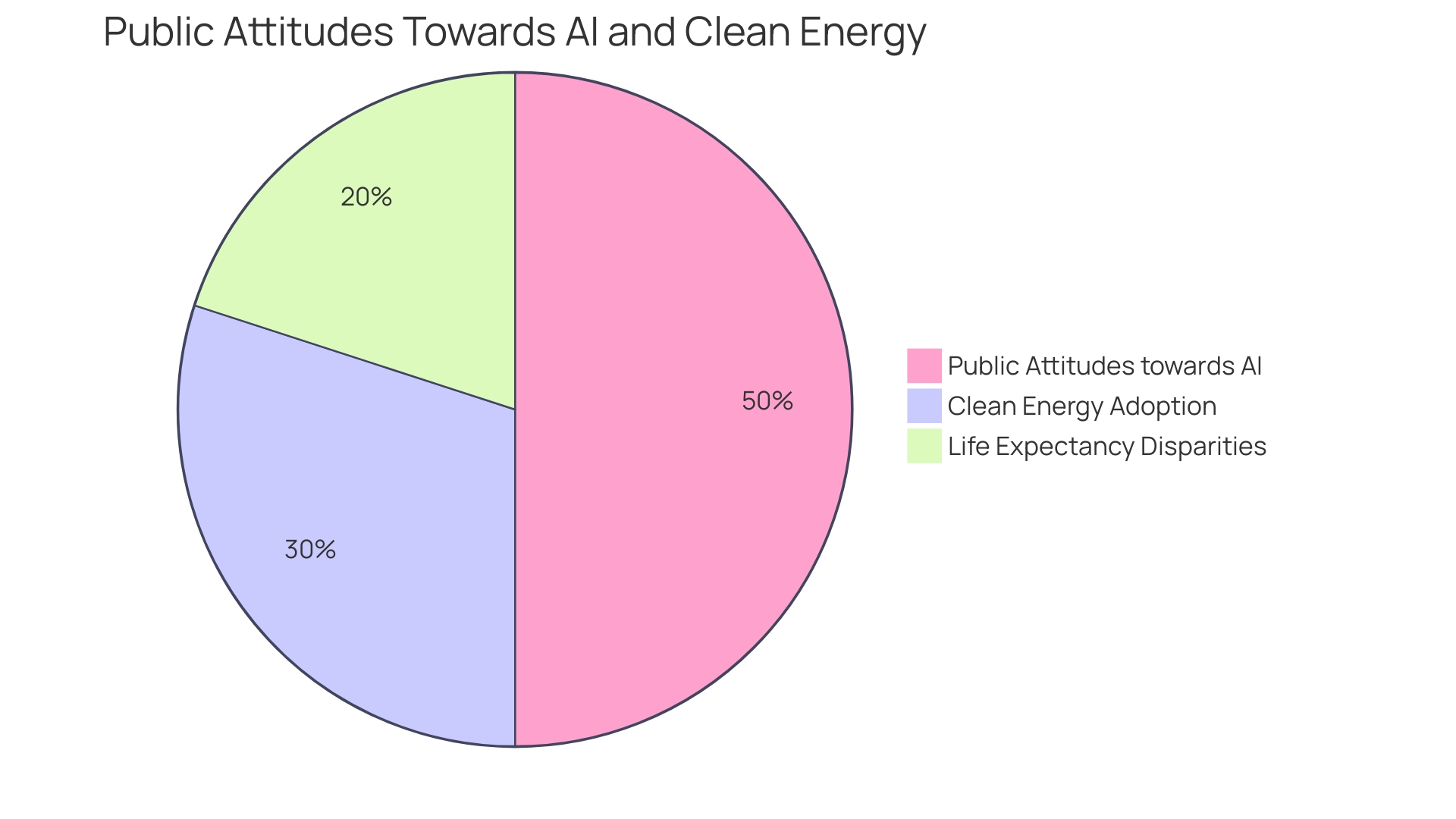
Lack of Autistic Representation in Leadership
A pivotal critique of Autism Speaks is the organization's limited inclusion of autistic individuals in leadership roles. Advocates emphasize the importance of representation, suggesting that those with firsthand experience of autism should have a voice in the decisions that impact them. Research from Autistica highlights that in the UK alone, approximately 1 in 70 people are autistic, suggesting a significant community whose interests require direct involvement in advocacy and policy-making.
Autistic people's engagement in the workforce presents a stark contrast between desire and reality. While a substantial number of autistic adults express a willingness to work, only 3 in 10 are employed, a figure considerably lower than that of non-disabled individuals. This disparity is further compounded by an expansive pay gap, with autistic individuals earning a third less on average.
The summer of 2023 saw a comprehensive review, gathering insights from employers, organizations, and autistic individuals to tackle these barriers. The review's objective was to enhance autistic people's employment rates by fostering initiatives that alleviate stigma, maximize potential, and provide appropriate career preparation.
Companies have begun recognizing the benefits of neurodiverse employment, with studies illustrating that businesses employing individuals with disabilities often see superior performance in revenue, net income, and profit margins. Moreover, the Autistic Self Advocacy Network (ASAN), an organization run by and for autistic people, underscores the necessity of autistic leadership and involvement in policy-making to ensure that laws and policies align with the needs of the autistic community.
ASAN's commitment to this cause is evident in their search for an experienced autistic leader and their extensive efforts in producing accessible resources for self-advocates. Newly appointed Executive Director, Colin Killick, embodies this dedication, bringing a wealth of experience from the disability rights movement to propel ASAN's mission forward.
Financial Practices and Resource Allocation
Amidst the various endeavors to support individuals with autism, the allocation of funds by Autism Speaks has come under scrutiny. Concerns have been voiced about the balance between research funding and expenditures on awareness initiatives and administrative overhead. The quest for a transparent and accountable fiscal approach is a persistent topic of discussion.
For instance, initiatives like the Kevin and Avonte Program, which was established to prevent tragedies involving individuals with autism who may wander or elope, have demonstrated the impactful use of dedicated funds. Since 2018, $10.3 million has been allocated to 77 grantees focusing on reducing the risks associated with wandering. This program is a testament to how targeted funding can address specific challenges within the autism community.
Furthermore, the economic benefits of inclusive employment practices for neurodiverse individuals are becoming increasingly apparent. Studies have shown that companies embracing diversity within their workforce not only contribute to a more inclusive society but also see tangible financial gains. Businesses that proactively hire individuals with disabilities report higher revenues, net income, and profit margins compared to those that do not.
Such inclusive practices can potentially boost the U.S. GDP by $25 billion, highlighting the economic value of integrating the neurodiverse workforce.
Amidst these examples, there is a growing call to direct support and financing toward organizations led by individuals within the autism community. Advocates are rallying for a paradigm shift to organizations like the Autistic Self-Advocacy Network and the Autistic Women and Nonbinary Network, which embody a neurodiversity perspective, viewing autism as a natural variation rather than a condition to be cured.
In light of these considerations, the dialogue around Autism Speaks' financial decisions continues, with advocates urging for a reassessment of priorities to better serve and represent the autism community.
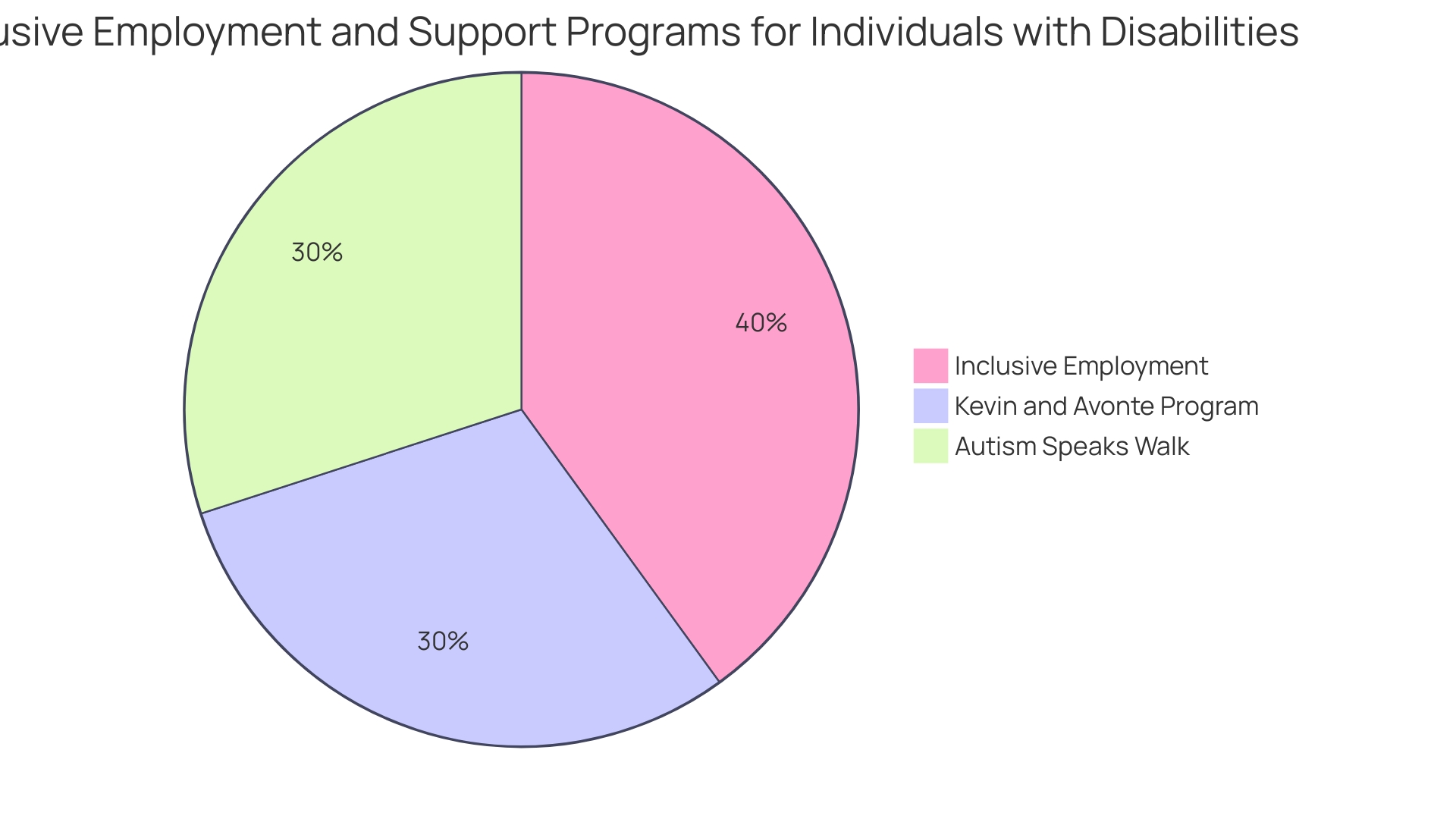
Shift in Messaging and Recent Changes
Autism Speaks, an organization at the forefront of autism advocacy, has been evolving its stance in recent years. Shifting away from previous narratives that framed autism as a disease, the organization now emphasizes acceptance and support for individuals on the spectrum. This repositioning aligns with a broader movement acknowledging the unique experiences and perspectives of autistic individuals.
Recent studies have highlighted the necessity for more nuanced and ethically sound research methodologies in non pharmacological interventions for autistic children and youth. These studies underscore the importance of evaluating these interventions' effectiveness, scope, and potential harm, considering the valuable contributions of autistic individuals to this discourse.
The growing awareness of the capabilities of non speakers—whose numbers have increased by more than 300% over the past 15 years—points to a transformative era in autism understanding. This awareness fosters collaborations that honor the experiences of autistic people, like Heather Florio, who received her autism diagnosis at age 41, helping her embrace her identity and encouraging others to seek understanding.
The rise of facilitated communication (FC) techniques underscores the potential for nonspeaking autistic individuals to express sophisticated language abilities, challenging prior assessments of their communication skills. The implications of this technique, first introduced by Rosemary Crossley and popularized in the U.S. by Douglas Biklen, reveal the need for a reframed understanding of autism.
Moreover, the concept of the 'double empathy problem' has gained traction, suggesting that communication difficulties are not exclusive to autistic individuals but are also present in interactions with neurotypical individuals. This reciprocal challenge in understanding has led to a call for mutual adaptation and the development of shared language norms.
In response to the evolving dialogue, Autism Speaks has made public declarations of regret for past narratives, such as those in the 'I Am Autism' campaign, committing to a more positive and respectful approach. The organization acknowledges the diversity within the autism community and aims to celebrate the strengths and talents of autistic individuals while addressing the challenges they face.
Nevertheless, there are concerns that systemic factors, including the U.S. Supreme Court's composition and the pharmaceutical industry's influence, may hinder the shift towards a neurodiversity model. Advocates urge support for autistic-led organizations like the Autistic Self-Advocacy Network, which promote autonomy and representation.
In the scientific community, Pediatric Research has taken a stand to use non-eponymous alternative names for conditions, moving away from eponymous names that may have problematic historical backgrounds or lack ethical clarity. This decision is part of a larger effort to ensure respectful and inclusive language in the field of autism research, reflecting a growing commitment to ethical practices.
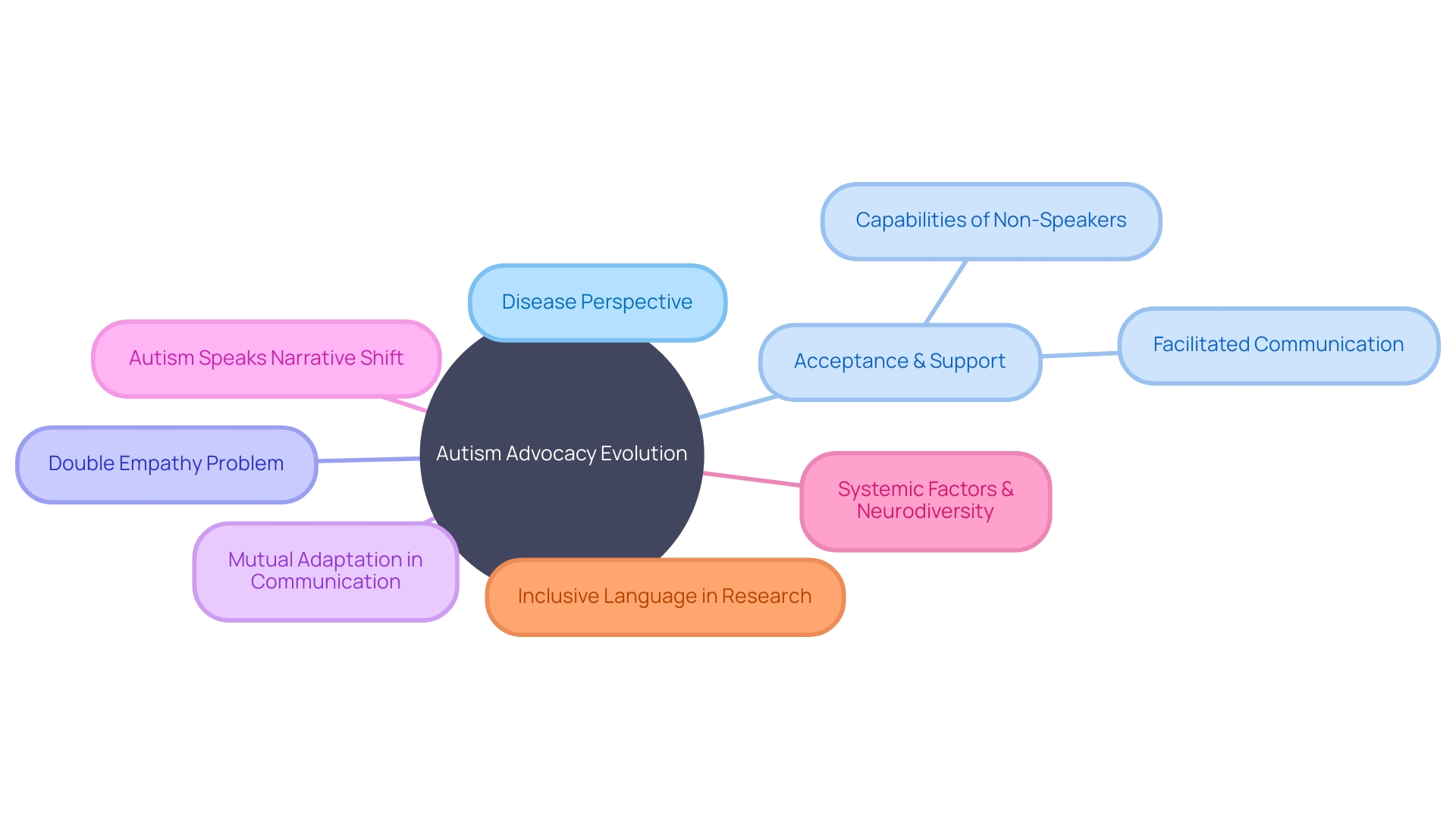
Comparison with Other Autism Advocacy Organizations
Autism Speaks is one of many organizations working within the broad spectrum of autism advocacy, but its approach has sparked diverse reactions within the community. On one side of the spectrum, there are those who champion the direct involvement of autistic individuals in advocacy, emphasizing their rights and the importance of their personal voices. Conversely, some organizations concentrate on extending support and resources to families, aiding them in the journey of caring for and understanding their loved ones with autism.
This multiplicity of strategies reflects the complexity of autism spectrum disorder (ASD), a condition that influences behavior, social skills, and communication in unique ways across individuals and persists across their lifespan. The conversation around these differing advocacy methods is dynamic and ever-evolving, driven by the pursuit of evidence-based practices and an open science approach to better support individuals with autism. Advocates and researchers alike are calling for transparency in the study design to minimize bias and ensure interventions are genuinely effective.
They advocate for social validation by engaging the community in defining intervention goals and assessing outcomes, and for the careful monitoring of adverse events to protect participants. Moreover, they stress the importance of avoiding conflicts of interest that could compromise research integrity. The call for open science, as defined by Nielson (2011), to share scientific knowledge promptly in the discovery process has been echoed by experts like Burke and Lees (2023), who argue its potential to fortify research findings.
This concept was put into practice during the pandemic, demonstrating that rapid, open sharing of research fosters global collaboration and accelerates progress, as seen in the unprecedented development of vaccines. These insights are not only relevant to crises like the pandemic but also to ongoing challenges in autism research, where open science can break down barriers to knowledge and drive advancements that directly impact individuals with ASD, their families, and the broader public.
Impact on Public Perception and the Autistic Community
The discourse around Autism Speaks has become a catalyst for a paradigm shift in how society views autism and engages with the autistic community. Central to this evolution is the recognition of the essential role autistic individuals must play in directing the conversations and decisions that affect their lives. This organizational scrutiny has amplified the call for policies and initiatives that are not only inclusive but also deeply respectful of neurodiversity.
The neurodiversity movement reframes various neurological conditions as natural variations of the human brain rather than as pathologies. This perspective champions the unique attributes and contributions of neurodivergent individuals, including those with autism, ADHD, dyslexia, and dyspraxia, among others. It's a movement that is transforming approaches in fields ranging from science to social policy, emphasizing the need for open dialogue and the inclusion of diverse voices.
In the context of employment, the benefits of embracing neurodiversity are clear. Studies have demonstrated that companies that proactively hire individuals with disabilities, including those who are neurodiverse, are not only socially responsible but also financially advantageous. These firms often outperform their peers, seeing higher revenue, net income, and profit margins.
Moreover, the inclusion of people with disabilities in the workforce can contribute to the national economy, with estimates suggesting a potential $25 billion increase in U.S. GDP if more disabled individuals were employed. The unique perspectives and skillsets that neurodiverse employees bring can foster innovative solutions and drive economic growth.
Transparency and customer feedback have emerged as cornerstones in the evolution of autism advocacy. Admitting to past missteps and engaging openly with criticism can lead to more robust organizational practices. Moreover, listening to the autistic community and integrating their feedback can serve as a powerful tool for improvement.
Recent events, such as the Day of Mourning vigil, underscore the urgency for society to not only protect the rights of autistic individuals but also to expand their access to employment, safe housing, and healthcare. This push for increased civil rights protections and public participation is crucial in challenging outdated perceptions of autism as a disease, advocating instead for its acceptance as a facet of human diversity.
The ongoing debate and the actions taken by Autism Speaks have undeniably influenced public awareness and attitudes towards autism. It underscores the importance of steering support and funding toward organizations that are authentically representative of the autistic community, such as the Autistic Self-Advocacy Network and the Autistic Women and Nonbinary Network. These groups advocate for a shift away from the medical model of autism towards a more inclusive understanding that embraces the full spectrum of neurodiversity.
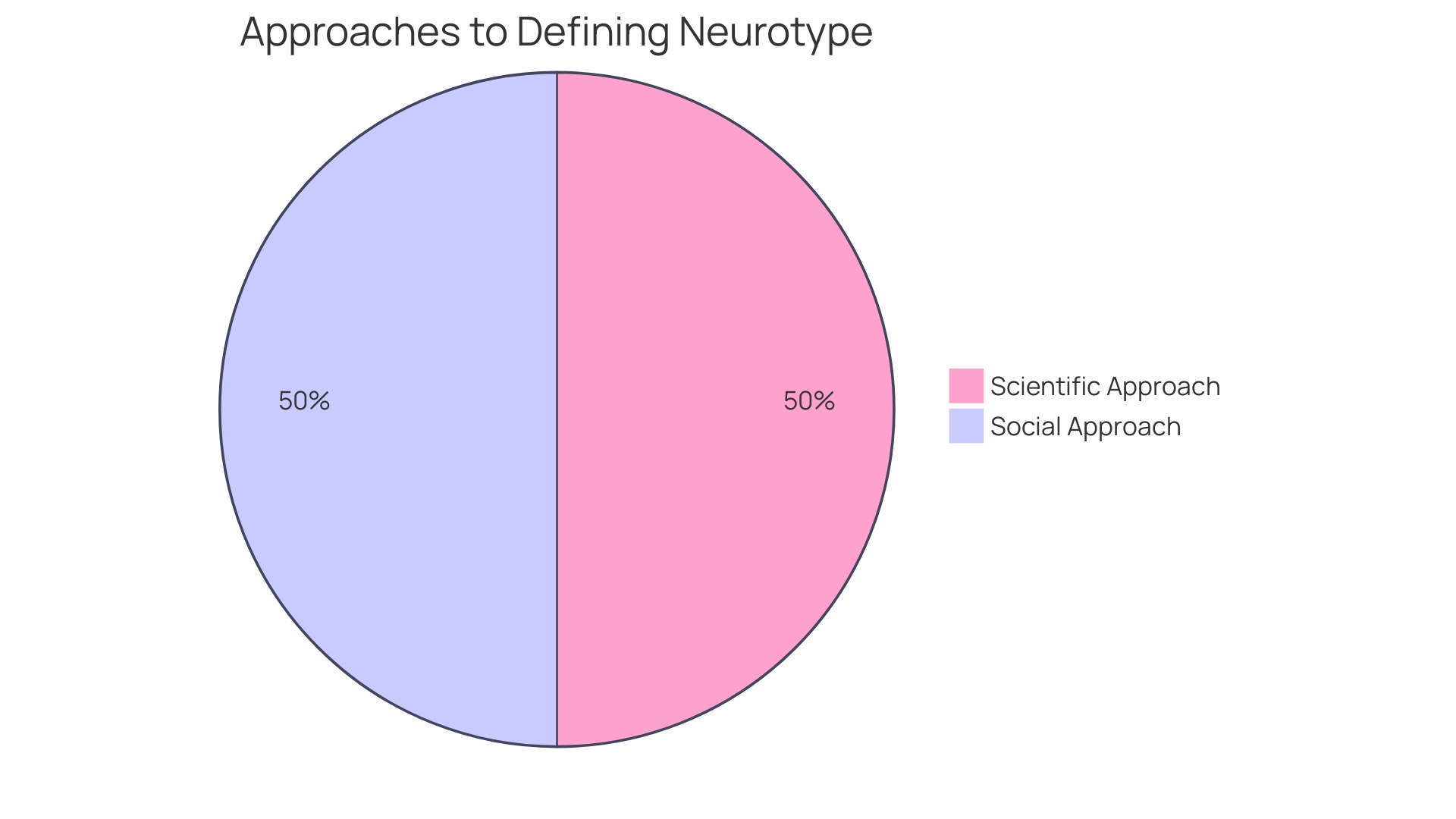
Conclusion
Autism Speaks has been met with controversy and criticism for its messaging and approach in the autism community. Concerns include the absence of autistic individuals in leadership positions, framing autism as a disease in need of a cure, and the portrayal of autism in the media. As a result, there is a growing movement towards organizations that prioritize neurodiversity and are led by and for autistic individuals.
Transparency in financial practices and resource allocation is also an area of concern, with calls for support to be directed towards organizations that better serve and represent the autism community. Autism Speaks has made efforts to shift its messaging towards acceptance and support for individuals on the spectrum, but the conversation around autism advocacy methods continues to evolve, driven by evidence-based practices and diverse voices.
It is crucial for organizations to listen to the voices of the autistic community and engage in open dialogue. The neurodiversity movement celebrates the unique attributes and contributions of neurodivergent individuals, reshaping societal approaches. Embracing neurodiversity in the workplace not only fosters inclusivity but also leads to tangible business benefits.
Transparency and customer feedback are essential in the evolution of autism advocacy. Admitting past missteps and actively engaging with criticism can result in stronger organizational practices. The ongoing debate surrounding Autism Speaks has influenced public awareness and attitudes towards autism, emphasizing the importance of supporting organizations that authentically represent the autistic community.
In conclusion, the discourse surrounding Autism Speaks has sparked a critical shift in understanding and advocating for autism. The movement towards neurodiversity, inclusion of autistic individuals in decision-making, and recognition of autism as a facet of human diversity are guiding the evolution of autism advocacy. Embracing acceptance, support, and inclusivity is crucial for the well-being and empowerment of individuals on the autism spectrum.




